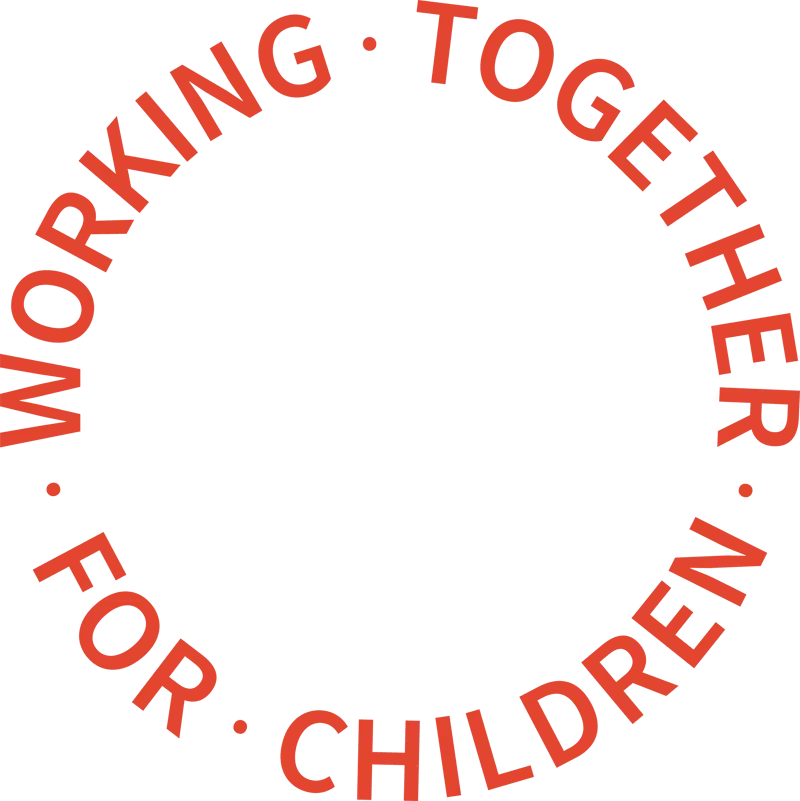Children are more likely to be re-referred to local authorities when social workers have higher caseloads, a study has found.
The Department for Education analysis of re-referrals to children’s services found an increased likelihood of re-referrals is found in local authorities with more than 10 children in need per social worker.
“Regarding effects at the level of the local education authorities, it is observed that only the interaction between the number of children in need per social worker and the referral rates per 10,000 children can be safely judged as significant. This implies that the contextual effect of referral rates per local education authority is moderated by the children in need per social worker rate; the lower the number of Children in Need per social worker, the lower the effect of referral rates on re-referral propensity,” said the report.
The research illustrated that the likelihood of children of returning to children’s services increases rapidly for children living in local authorities with more than 10 children in need per social worker, as the referral rates for those local authorities increase. It outlines how re-referral might be related to the capacity of local authorities to handle cases at first referral.
“Simply put, if local authorities lack capacity to deal with referral cases, as they might be short-staffed, more children would return for a repeated referral, as their needs might have not been assessed or addressed adequately,” the research adds. However it suggests that further insight is required from other sources such as inspection reports.
The study found that when it revisited children who had been referred to children’s services, 55% of children had been re-referred to the system at least once. Re-referral rates varied from authority to authority between 7 and 63%.
It also found that a series of individual characteristics determined that an increased likelihood of re-referral is associated with younger children; females; disabled children; children initially stepped down as needing no further action; children referred initially for abuse or neglect, parental disability or illness, family in acute distress, family dysfunction, socially unacceptable behaviour.
The research concludes that identifying groups of children with increased risk of re-referral is useful for defining guidelines for closer inspection of such cases at first and subsequent referrals.
In addition, identifying local authorities with more or less than expected likelihood of re-referral facilitates, on the one hand, further investigation of ineffective local authority services and, on the other hand, a closer probe towards determining best practices in successful local authority services.
The study was based on a sample of 90,209 children within 144 local authorities.


